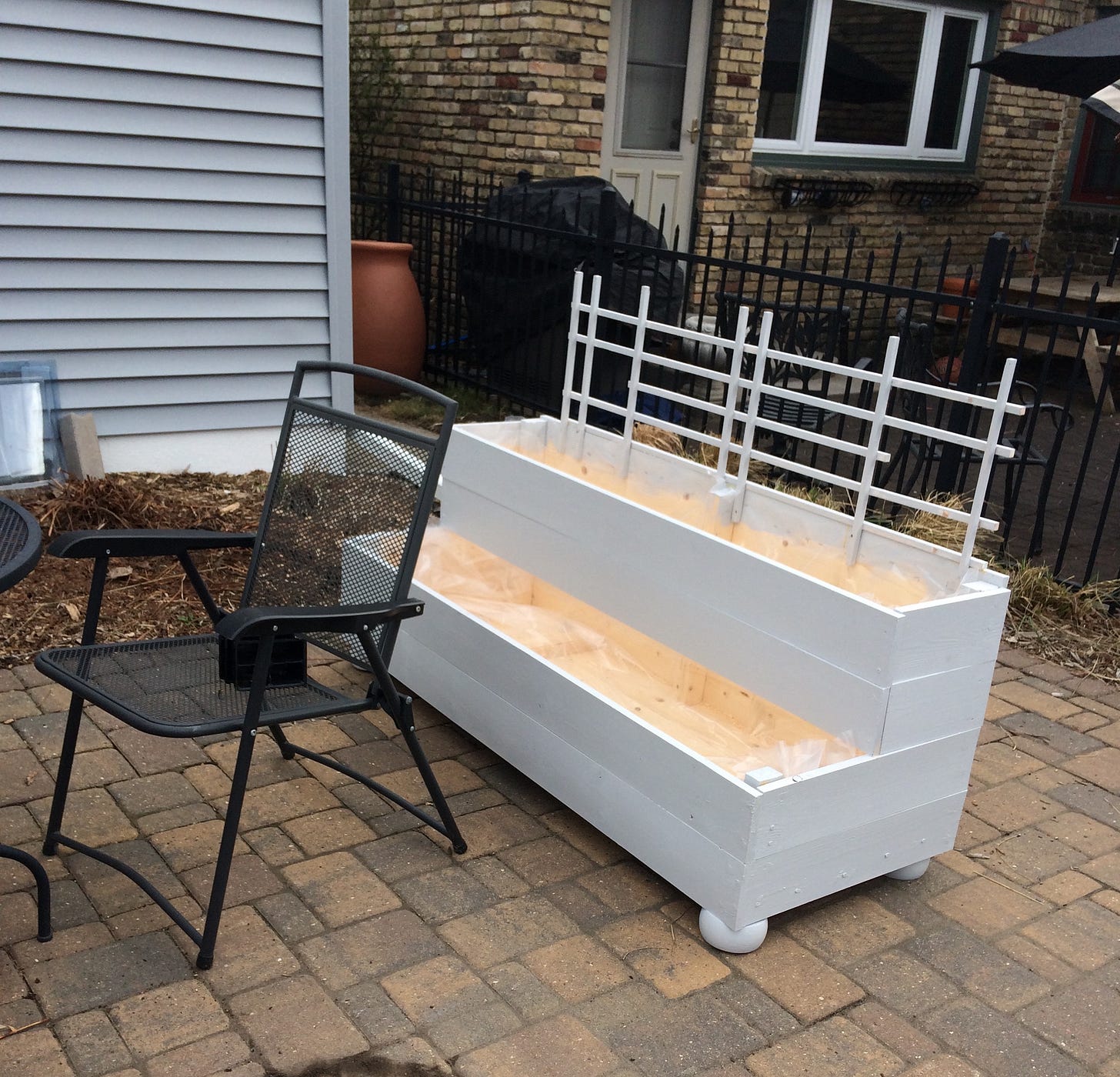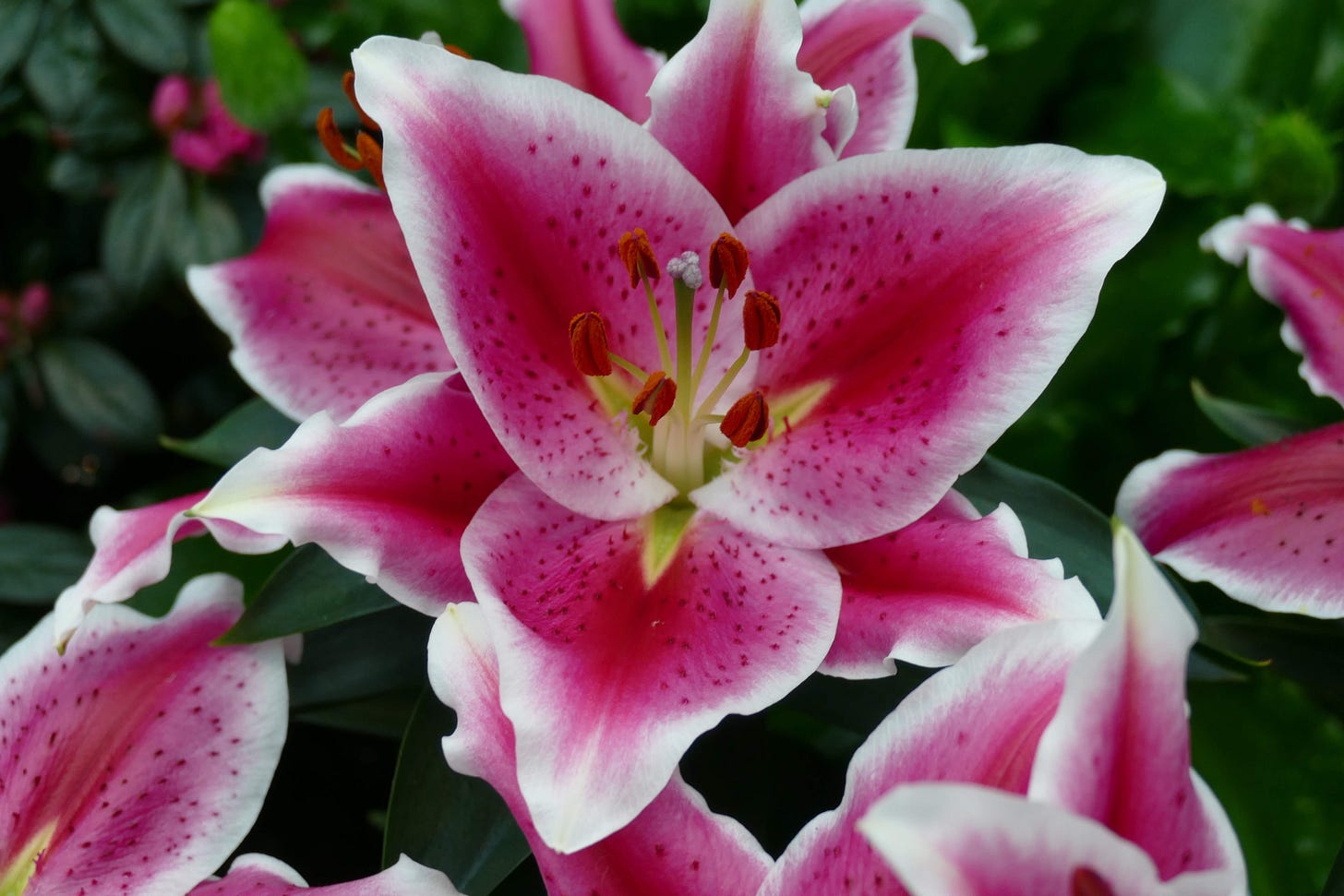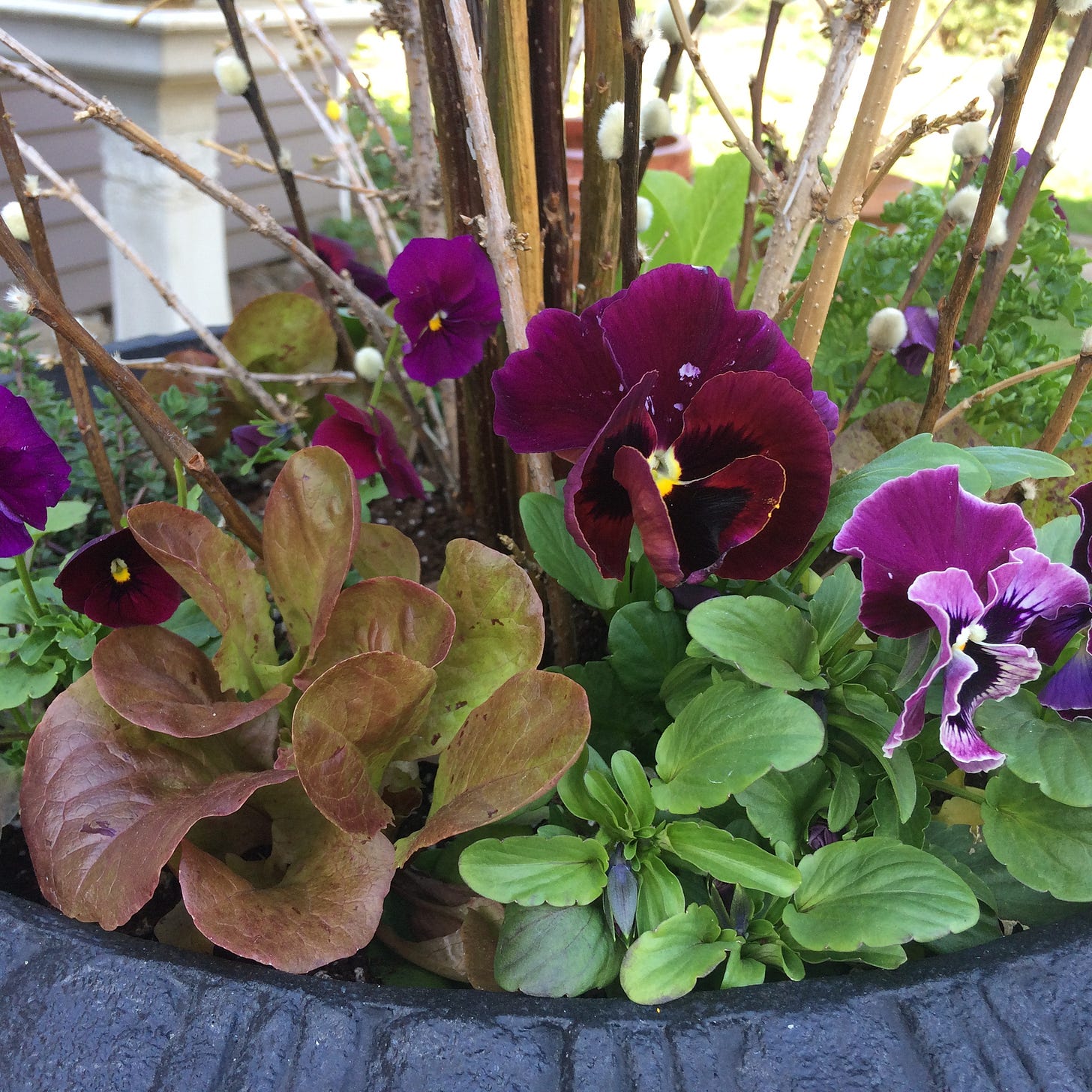Sometimes all of April feels like an April Fools joke for northern gardeners. We get mixed messages from the weather and gardening sources. The temperatures jump from 75 to 25 at random and snow, rain and all other forms of precipitation are in the mix. Online, you see people puttering about in their greenhouses, seemingly ready to plant out their entire garden. Meanwhile, your yard looks bare, brown and sad.
It’s tempting to try to do everything now, but we still need to hold back. While keeping an eye on our variable forecasts, here’s my list of “go” and “no go” tasks for April.
These are a GO
· Indoor seed starting. Start tomatoes from seed under lights any time during the month – from early to the very end of April – and they will be ready to go into the garden in late May or early June. Don’t worry about the ones you started later being small. They will catch up with the bigger plants before you know it. Herbs, lettuces and cool season crops, such as cabbage or Swiss chard, can also be started indoors in April for planting later in the month or in early May.
· Start some annual flowers, too. Have you noticed the price of annuals in nurseries recently? Yikes. Consider starting a few easy annuals from seed in April to plant out in May. My favorites: calendula, zinnias, nasturtiums and marigolds. All are super easy. This year, I’m also trying some of the new celosias and tall snapdragons that are so popular for cutting gardens.

· Build a box. Raised beds are a vegetable gardener’s best friend. They give the garden a neat look and you have complete control over the soil, which means you can make it as fertile and lovely as you’d like. Not handy? Don’t worry, raised bed boxes are simple to build. Four pieces of wood, a stake to stabilize the corners and some deck screws to hold it together and you’re in business. Your lumber yard or big box store will usually cut the wood to the size you request, so a drill is about the only power tool you need. If you’d like more complete instructions, I wrote about boxes for Northern Gardener a couple of years ago. Or check out the many how-to videos on Youtube. I’ve built boxes like this one and this one, which are a bit more complicated than the basic box but look great on the patio.
· Divide hostas and other perennials. Once your hostas start coming up, you may notice that some of them look like a donut. That’s your clue that you can divide the plant. Older perennials sometimes begin to bloom less profusely or just seem less healthy. Dividing gives them a new lease on life and gives you more plants to spread around your garden or share with others. It’s pretty easy to do once the soil is fully thawed and the plant has begun growing. Go around the base of the plant with a shovel or garden fork to loosen it up. Be sure to dig several inches out from the plant to get a significant part of the root ball. Gently pry the plant out of the ground, then using your hands, a trowel or a knife. Then replant the pieces. Only summer and fall blooming perennials should be divided in spring. The University of Minnesota has a PDF that gives you tips for dividing common perennials.
· Monitor your soil temperature. A soil thermometer is a $10 tool that can help you determine when it is a good time to plant cool season seeds and seedlings, such as peas, potatoes or lettuce. While crops like lettuce, peas and spinach will germinate when soil temperature is in the 40s, they germinate much faster and better if the soil temperature is well into the 50s or 60s. Also, if you have raised garden boxes, the soil temperature in the box will fluctuate much more and much more quickly than soil temperature in the ground.

· Plant lily or other summer blooming bulbs. As soon as the soil is workable, you can plant any of these hardy bulbs. They will bloom this year!
· Plant some pansies. Please. Please. Please. Your neighbors need a boost after a long, cold, gray winter. A 6-pack of pansies in a shallow bowl on your porch will cheer up the entire block. And, unlike most annuals, pansies barely wink at a frost. They can take the fluctuations of our northern climates.
These are NO GOs
· Stay off the lawn. Your lawn is probably still mushy and walking on it—or heaven forbid, giving it an early mowing—will lead to soil compaction. Just let it be. Spring rains will give it the help it needs. Once the lawn feels solid enough to walk on, you can do whatever spring fertilization you like.
· Don’t rush to clean up perennial beds. You can certainly begin cutting back last year’s perennials and cleaning up beds later this month, but don’t feel like you have to rush it. There may still be insects waiting to wake up in the stalks of plants and you don’t want to compact the soil by stomping around on it. If your schedule demands some early clean up, use the “chop and drop” method to keep the good bugs in the garden.
· Don’t remove mulches around plants just yet. If you put leaves or other mulches around plants to protect them during winter, don’t rush to remove them just yet. We can get very cold weather in April. If the forecast calls for warm temps, just brush the mulch aside for now. Keep your eye on your favorite weather app.
· Do not prune oak trees. While spring is a good time for pruning some trees, the University of Minnesota warns against pruning oaks during this time of year to avoid spreading oak wilt. If your oaks need pruning, wait until fall.
Thanks for reading to the end! Wishing you an April with just the right amount of sun and rain.
Mary








I always get overly excited this time of year waiting for the last frost to really get started in the garden! There have been too many perennial sales where I live lately so I my bath tub has turned into my temporary greenhouse since it gets the right amount of light. I think I need to divide my Bee Balm this year because it's starting to create that donut shape just like the Hostas.
I am itching to get my fingers in the dirt and always need someone to tell me to wait (and this week’s heavy snow helped, too!). My onions, leeks, brassicas, and eggplants are up and growing under lights and I’m starting coleus for the second time this year. Now it’s time for peppers and soon the tomatoes will join them. I love reading your advice, Mary!